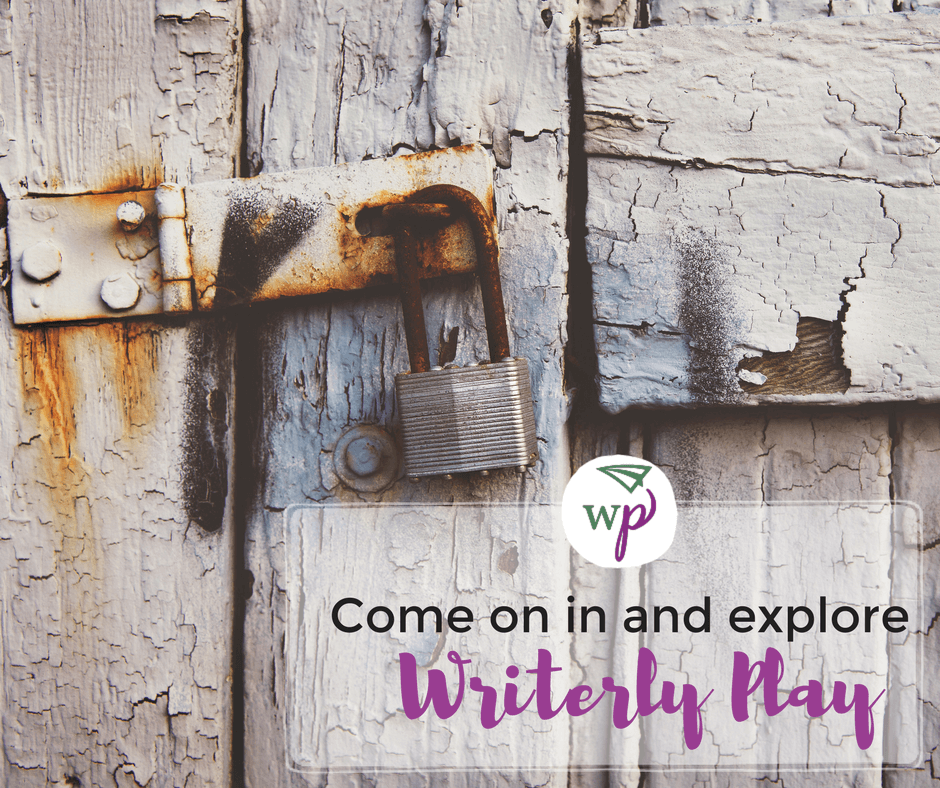The Who, What and Where of Writerly Play
Writerly Play helps us develop our creativity by tapping into the power of story and the addictive momentum of games.
While studying improvisation with Joyce and Byrne Piven, I expanded my understanding of what a game can be, and also what it can do. A game experience has a beginning, middle and an end. As storytellers, when we play with a narrative arc in mind, a game becomes more than a series of moves. We’re part of a collective experience that builds to an unexpected climax, and then resolves with a satisfying flourish.
In order to participate in a narrative game, we need three touchpoints. WHO are we in the game? WHAT is our objective? WHERE are the boundaries as we play?
First, the WHO.
By looking at ourselves through the lens of creative archetypes, we gain insight about our gifts and blind spots. Which archetypes are most like us? Which are least like us?
Points of friction offer interesting insights. Perhaps we fit into one archetype nearly all the time, except for during moments of high stress. Might we make the most of that tendency and make the most of that alternate role? Or, should we stop and remember to tap into our creative gifts rather than try to problem solve with ill-fitting strategies? The point is not to force ourselves into boxes, but rather to use the structure of the game to unlock better strategies for playing.
If you’d like to explore your creative archetype, I encourage you to take this quiz. At the end, don’t miss the cheat sheet with strategies curated for your style.
Next, the WHAT.
Any creative project will do. We stretch our creativity by mindfully engaging in the creative process. Remember, you aren’t only learning an art form. You’re also learning how to think creativity, skills that will serve you no matter what art form you tackle next.
The WHERE is how Writerly Play truly shines.
Writerly Play invites you to picture the creative process playing out in a series of mental rooms. We all know the power of corners in a Kindergarten classroom. Each corner is equipped with tools to put us in the right frame of mind for the activity at hand.
Picture yourself standing in front of a gate.
It’s an intriguing gate—one that whispers of mysteries beyond. What does your gate look like? Take in as much detail as you can. Where are you? In a busy city? In a thick forest?
Beyond the gate is a building. When you were a kid, did you ever stumble across a place that you immediately claimed as your own? Maybe it was a hidden space carved into a hedge or a room that no one used. The point is, every once in a while, a space invites us in—it feels safe. It invites us to play. This building is that kind of space. It’s your hideout. You’re allowed to build forts here and slide across the floor in your socks.
Open the door and go inside.
Absorb the look and feel of the place. This building—your Writerly Play hideout—is a setting for your creative exploration and growth. While your space will have its individual quirks and surprises, there are also a few rooms you’re sure to find.
-
Climb up to the Attic, a room filled with artifacts from your life experiences, and tools to help you savor, sort, and reflect on them.
-
Down a spiral slide, you’ll find the Studio. This imaginative, colorful space invites you to set your analytical mind aside so you can draft, sketch and improvise.
-
Across the hall and down a few doors, far enough away to keep the sawdust from choking out your playful experience, is the Workshop. Here, your analytical mind stars, as you do the hammer-and-nails work of shaping and revising your work.
-
Sometimes, you hit a wall and you need inspiration and wisdom from those who have gone before you. That’s why there’s a secret passageway from the Workshop to the Library, where you’re surrounded by the work of master artists, be they authors or painters or violinists.
-
In the back garden, you’ll find a Cafe, where you can connect with your peers and your audience. Here, you receive feedback and use it to fuel your growth.
I know you’ll want to ramble around your creative space and see what you can find in the nooks and crannies. Explore away, and then come on back tomorrow for the next post in The Nuts and Bolts of Writerly Play. We’ll climb back up into the Attic together and take a closer look.


